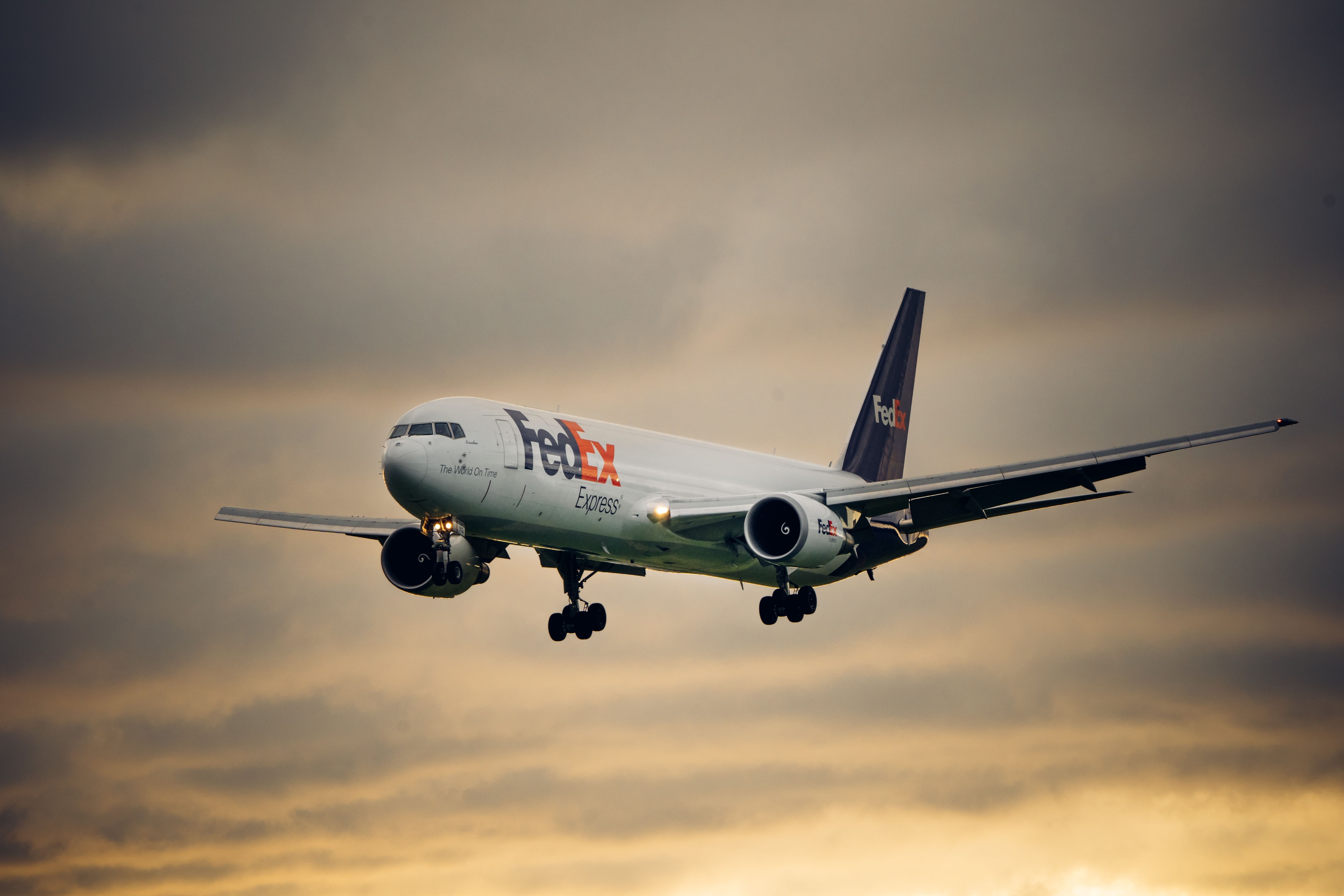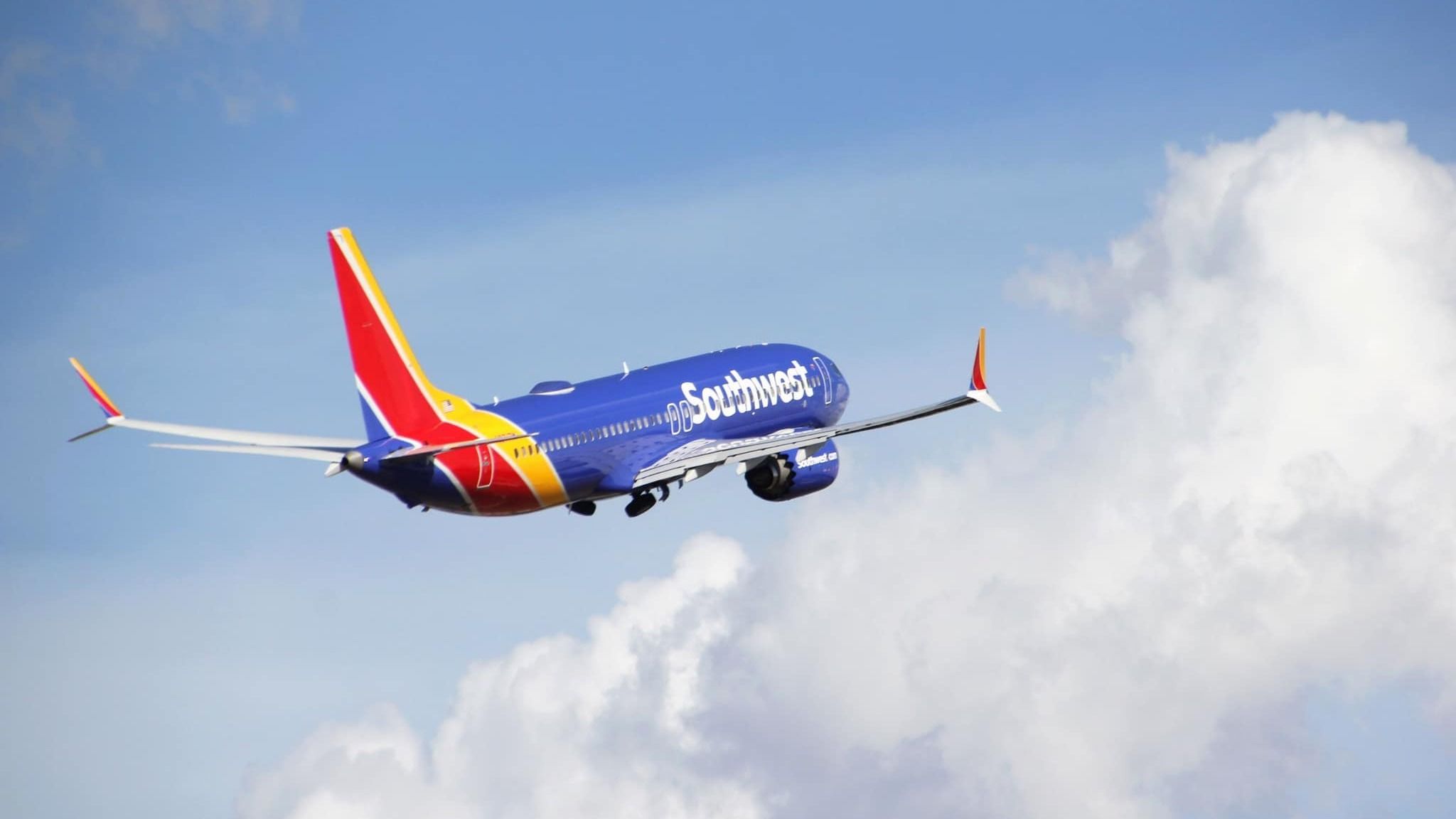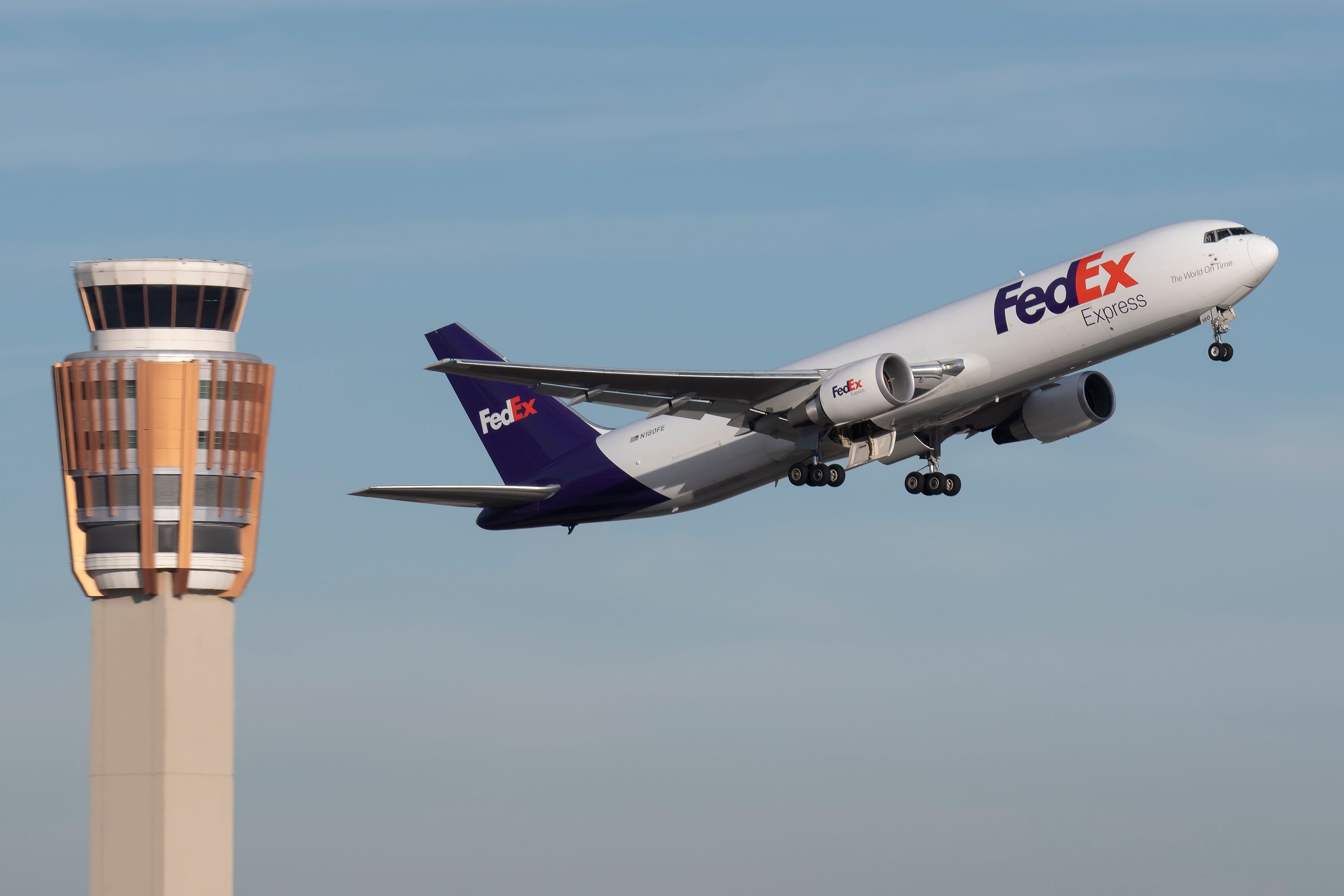Summary
- Air traffic controller’s assumptions, lack of visibility, and pilot miscommunication led to near-collision at Austin airport.
- Southwest pilots under fire for poor judgment; FedEx crew credited for last-minute go-around to prevent disaster.
- Lack of radar technology at smaller airport impacts ability to track aircraft accurately in low-visibility conditions.
The National Transportation Safety Board (NTSB) has released a statement regarding the probable cause of the near-miss at Austin–Bergstrom International Airport (AUS) on February 4th, 2023.
The statement blames the air traffic controller and says his assumptions resulted in the safety lapse. It also blames the FAA for not requiring the airport to have technology to track aircraft more accurately. The NTSB also said that the Southwest pilots contributed to the incident by not telling the controller they needed more time before beginning the takeoff roll.
The incident
On February 4th, 2023, a FedEx 767 and Southwest 737 nearly collided, coming within 170 ft before separating. The airport was covered in a dense fog, which reduced visibility and is one of the main causes of the incident. The fog prevented a clear line of sight from the control tower to the aircraft, just 4,000 ft apart.
The Fed Ex aircraft was landing while the 737 was departing. The FedEx crew had two souls onboard, while the 737 was carrying 128 passengers and crew. The disaster was averted when the Fed Ex crew saw the silhouette of the Southwest aircraft through the fog and initiated a go-around.
Investigation and hearing
The culmination of a year-long investigation found that the air traffic controller Damian Campbell’s faulty assumption led to the incident. Campbell told investigators that he expected the Southwest aircraft to take off more quickly and could not see the aircraft as it taxied onto the runway. Air traffic controllers at AUS had also not received low-visibility training recently, which is said to have contributed to the incident.
Photo: Robin Guess/Shutterstock
Michael Graham, an NTSB Board member, called the incident a failure of aviation safety. He said during the hearing:
“We had two aircraft within 200 feet of each other, and that should not happen. If it was not for the FedEx crew’s last-minute go-around, we might be having a different discussion today.”
In addition, the crew of the Southwest aircraft was also chided for showing poor judgment and decision-making. The Southwest aircraft called for takeoff at 550 m before it reached the runway, but it was not ready to take off when it reached the runway. Campbell could be heard asking the Southwest crew if they were rolling as the FedEx aircraft barreled down final. It was only after this that the aircraft began its takeoff roll.
Investigators also noted that AUS lacked radar-based ground-tracking technology, commonplace at larger US airports. The technology would’ve helped Campbell identify the aircraft’s location in low-visibility conditions. However, since it was unavailable, he had to rely on sight and position reports from the pilots.
At the NTSB hearing, the FedEx co-pilot Robert Bradeen Jr. was in the audience and received an ovation for quick and sound decision-making, preventing a tragedy.

Related
Officials Unveil Details Of Southwest Airlines-FedEx Near Miss Incident In Austin
New details have emerged about the February 4 incident.

